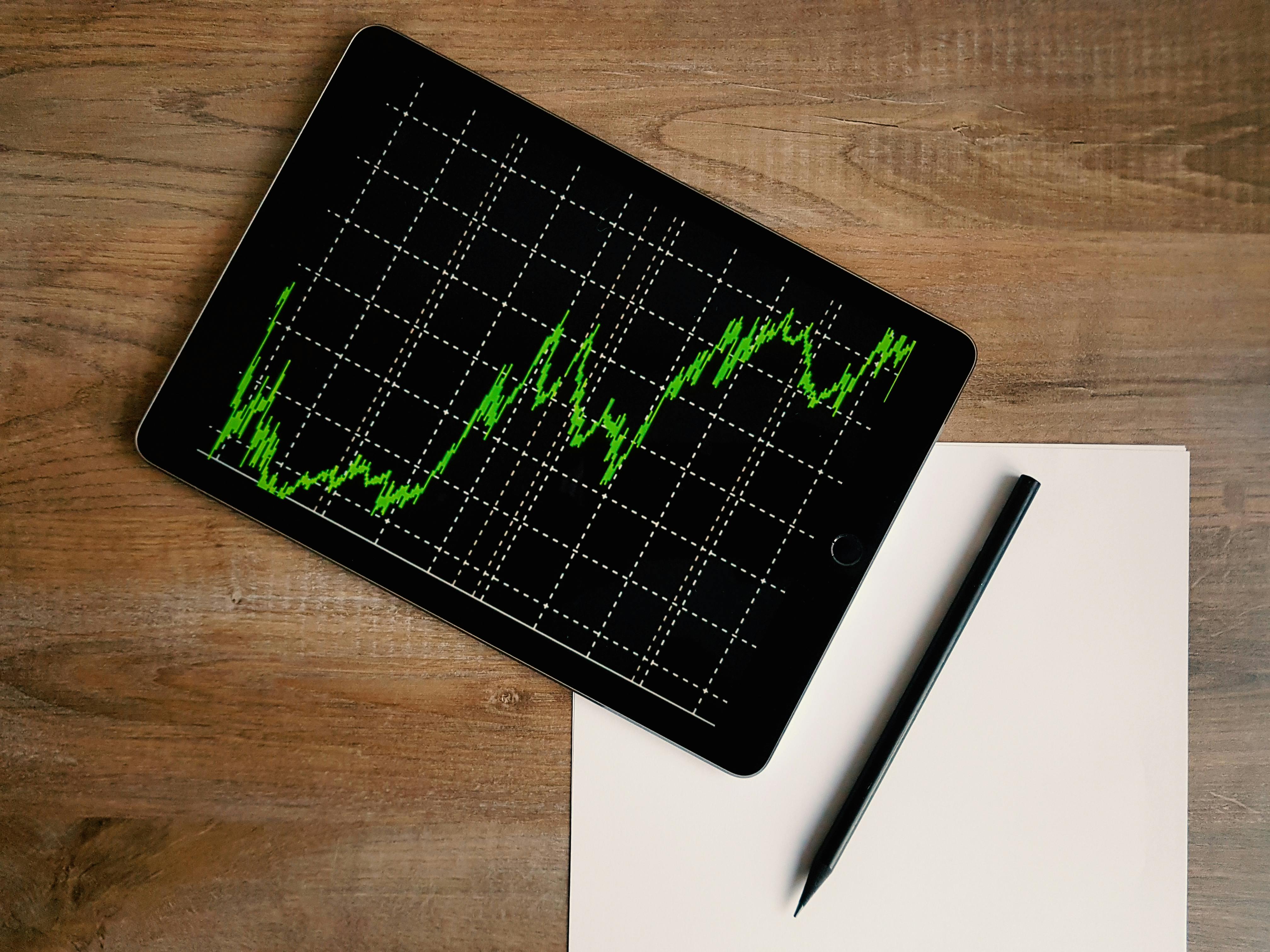A brief history of Epson
Today, Epson is a household name. Most people don’t realize that the company’s full name is Seiko Epson, and it is affiliated with a corporation that started out in the watch industry and is over a hundred years old.
Epson’s story begins with a Japanese businessman, Kintaro Hattori, who started K. Hattori & Co., a watchmaking company, in 1881 at the age of 21. Although he was young, he had already been in business as a jeweler for eight years.
Over time, the Seikosha name was shortened to Seiko, and the company began to specialize in wristwatches. Epson was founded in 1961 to manufacture some of the components for Seiko watches.
In 1964, the company was awarded a contract to manufacture precise timers for the Olympic Games. The Olympic Committee required stopwatches that included small electronic printers so that the scorers could print the times of the athletes. The company developed a small electronic printer for use in timekeeping devices, called the “EP-101”.
The EP-101 was sold to the public in 1968, and the company developed an updated version in 1975. The second version was nicknamed “Son of EP”, which became “Epson”. The name was used when Seiko opened a US branch under the Epson America name that year.
With a hundred-year history of precision technology spanning watches, liquid crystal displays and printing innovation, it’s no wonder Epson has had such a profound effect on the technology industry, and the company is likely to continue to innovate until well into the 21st century.
Well, that’s all for now. I hope you have enjoyed the article. If you have any ideas or suggestions for content you would like us to feature on this topic, please feel free to contact us via email or the website listed below.


